Last month there was a fascinating article in the Globe and Mail, by Peter Singer, a bioethics professor at Princeton University and Laureate Professor at the University of Melbourne.
Singer noticed how, in the recent news articles about an escaped cow, the media was using the pronoun “who” to refer to the cow, rather than the identifier “that”. It was the “cow who escaped”, not “the cow that escaped”.
As Singer notes, this subtle change in common language is significant, and should not go unnoticed; it marks a shift in the public perception of and value of animals.
While those of us with pets do not hesitate to refer to them as he or she and acknowledge distinct personalities, the same affection is not always shared with livestock or wildlife. A dog may be referred to as she – and most often by a given name, even – but it many cases it is still that skunk, this hare, and those geese. Though we are seeing a shift.
And this shift is important as animals of all kinds come to be acknowledged as sentient beings who can experience pain and become victims of carelessness or cruelty, and deserve proper protection under animal welfare laws and regulations.
At AIWC, while we commonly use who, he, and she to refer to the wildlife in our care, we still do not give our patients names. This is a conscious decision; it is important to keep their status as wildlife at the forefront for us, our volunteers, our supporters, and the public. Our patients are wild animals who will be returned to the wild when their care is completed; they are not pets. But personal pronouns are still the preferred way to refer to a patient around the centre – even if someone’s unsure if the patient is male or female, they’ll usually assign a temporary pronoun of he or she in communication, just to avoid the perceived iciness of saying “that hawk”, for example.
Exceptions to this, of course, are Gulliver and Griffin, our Educational Ambassadors. They are members of the AIWC team for the duration of their lives. They are not pets – they’re both still wild animals, no matter how habituated – but I certainly don’t know anyone who’s met him who would refer to Gulliver as simply “that skunk“.
How about you? How do you refer to different kinds of animals? Have you noticed a shift in recent years?
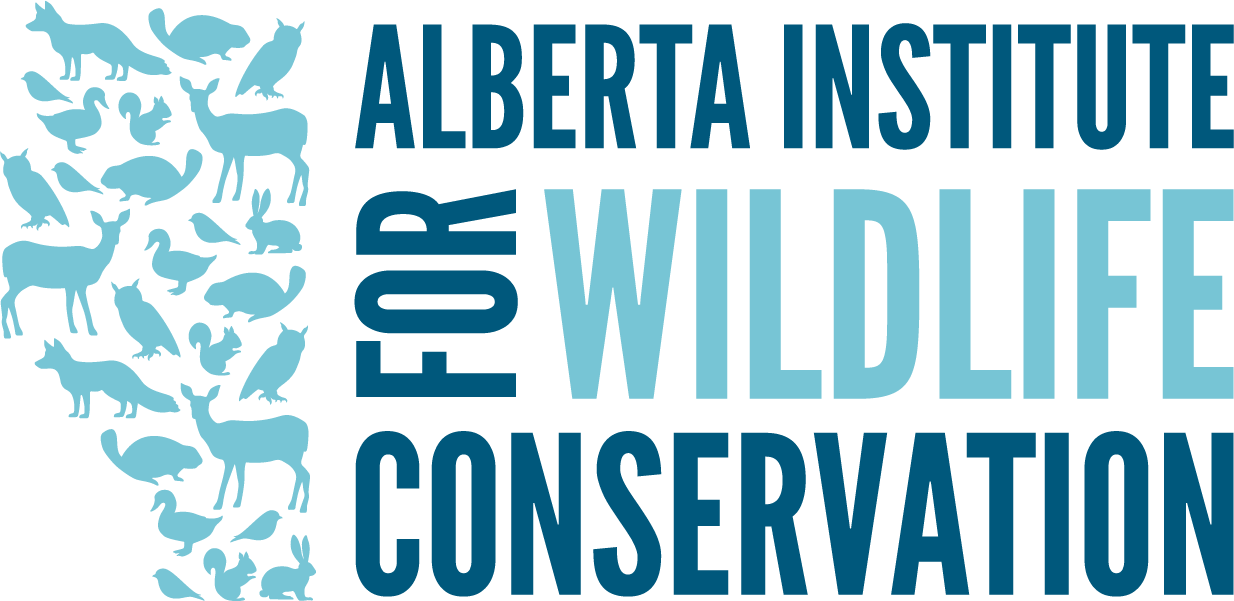
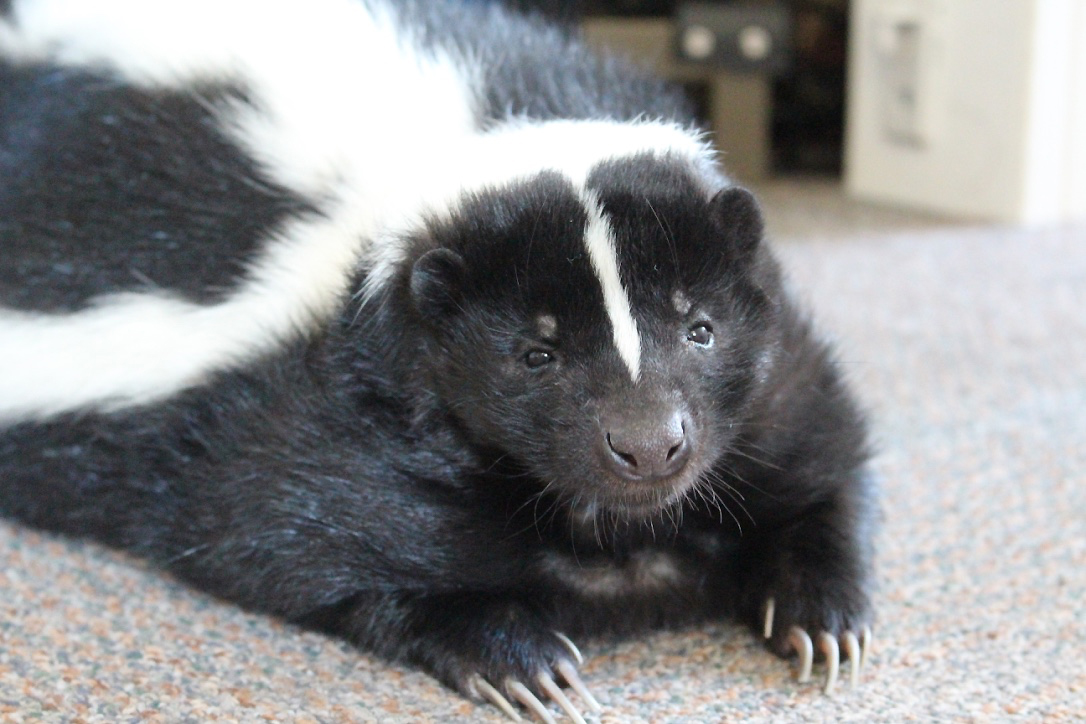
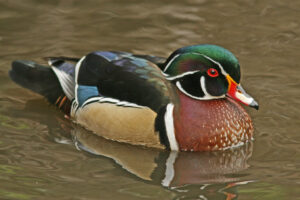
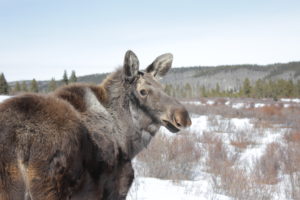
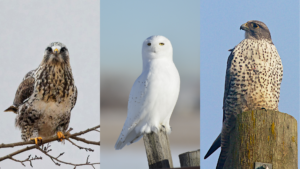

1 thought on “How Language About the Animals We Care For is Changing”
I have always referred to animals, be they wild or domesticated, by who, she, or he. I have always had a special place in my soul for all animals. When I was little, my mother told me that dogs can’t think. I couldn’t believe her, because of my special bond with them.
Now as an adult, I feel that special bond even greater. I feel it for every animal and hope the message of protection for our fellow beings as sentient, spreads to our governments, hunters, ranchers, and everyone who sees them as disposable.
Culls are heartbreaking and dangerous to the delicate balance of nature. Some, in their “infinite wisdom” think they know the answer. We have only to look at the devastation of the environment that occurred in Yellowstone National Park when they eliminated the wolves. Bringing them back has also brought back the lushness of the vegetation and rivers.
I believe that we are our worst enemy towards the environment and our future. Only by speaking out and supporting those of us who see the value and heart of our fellow beings, can we hope for understanding.